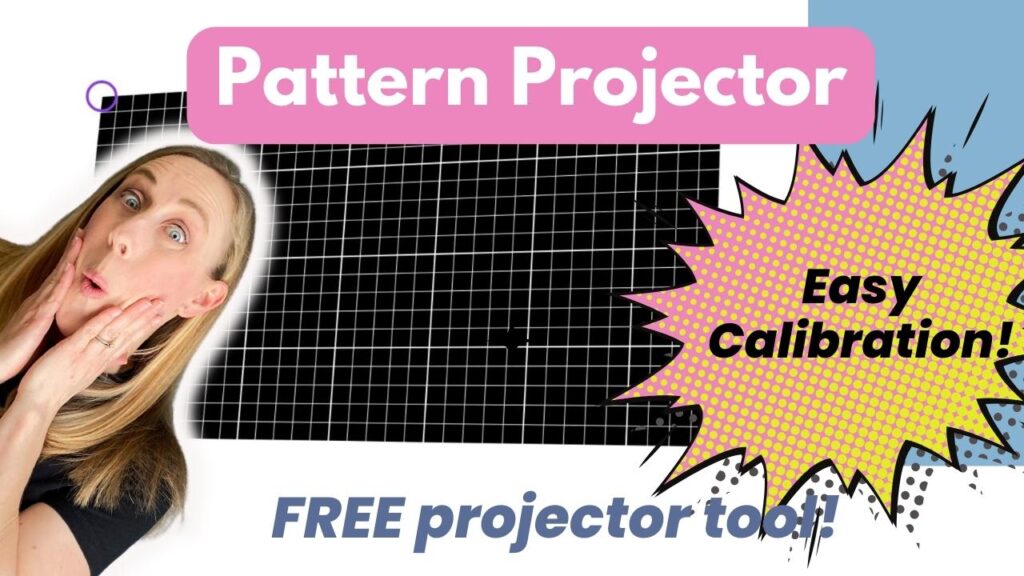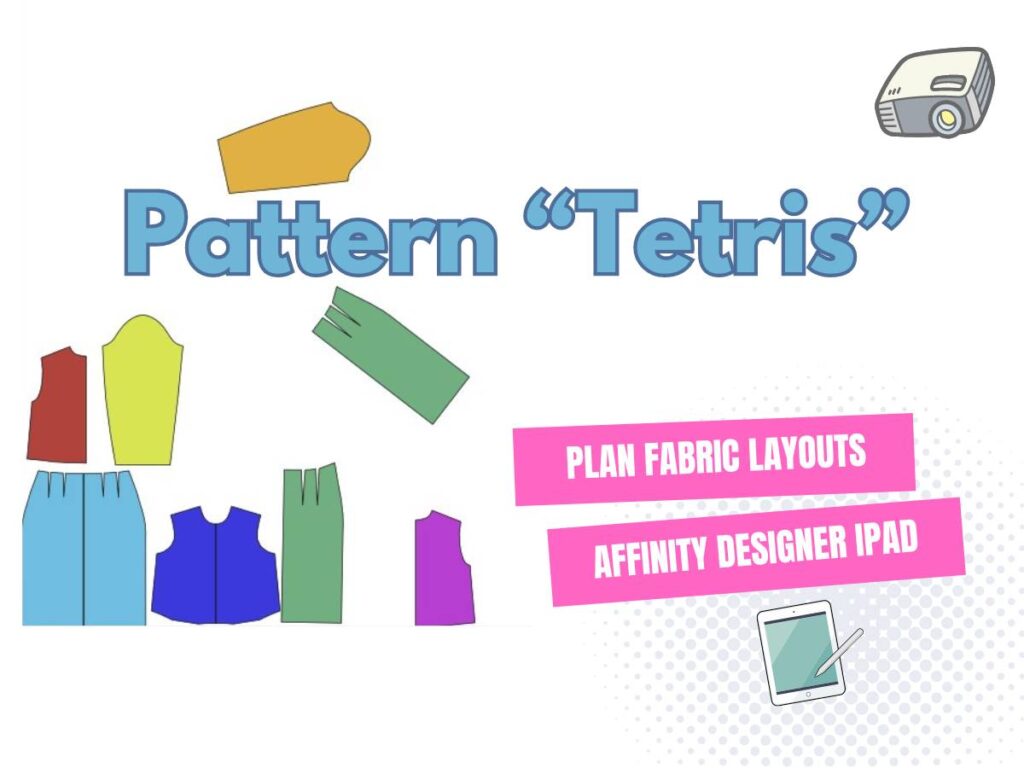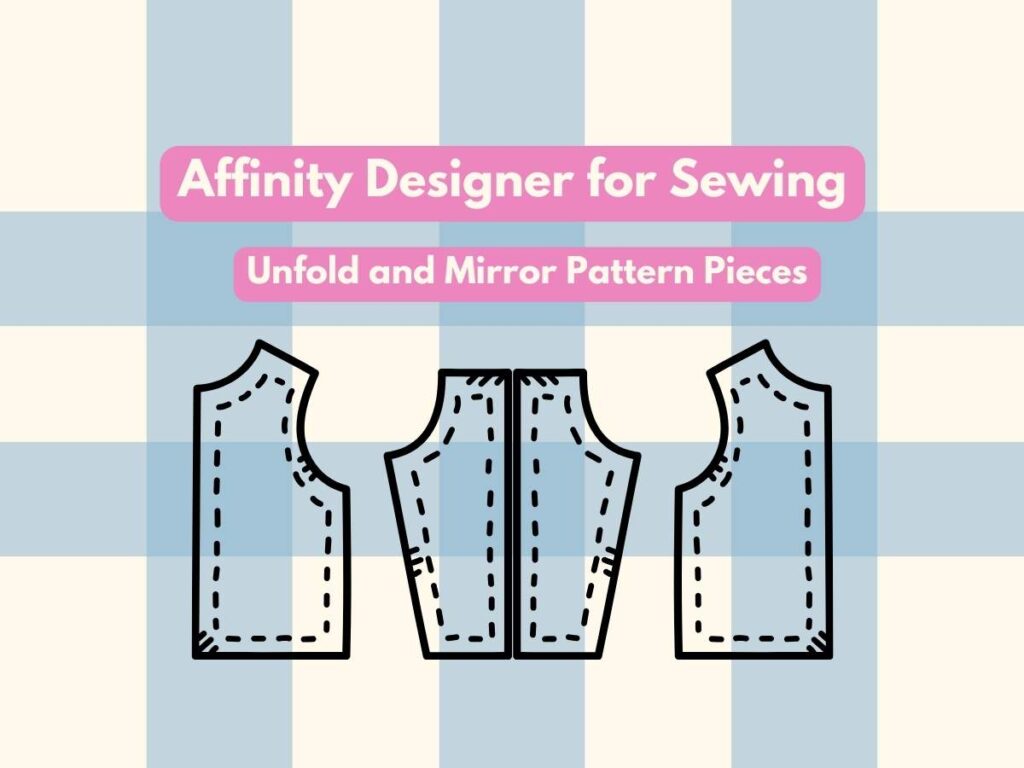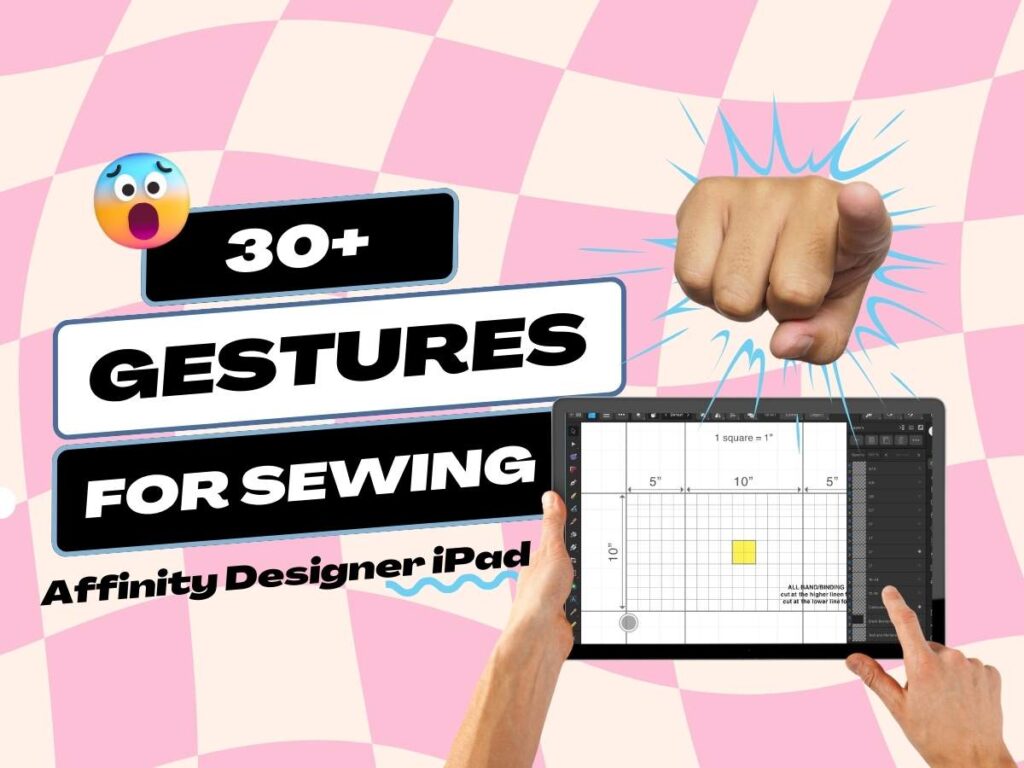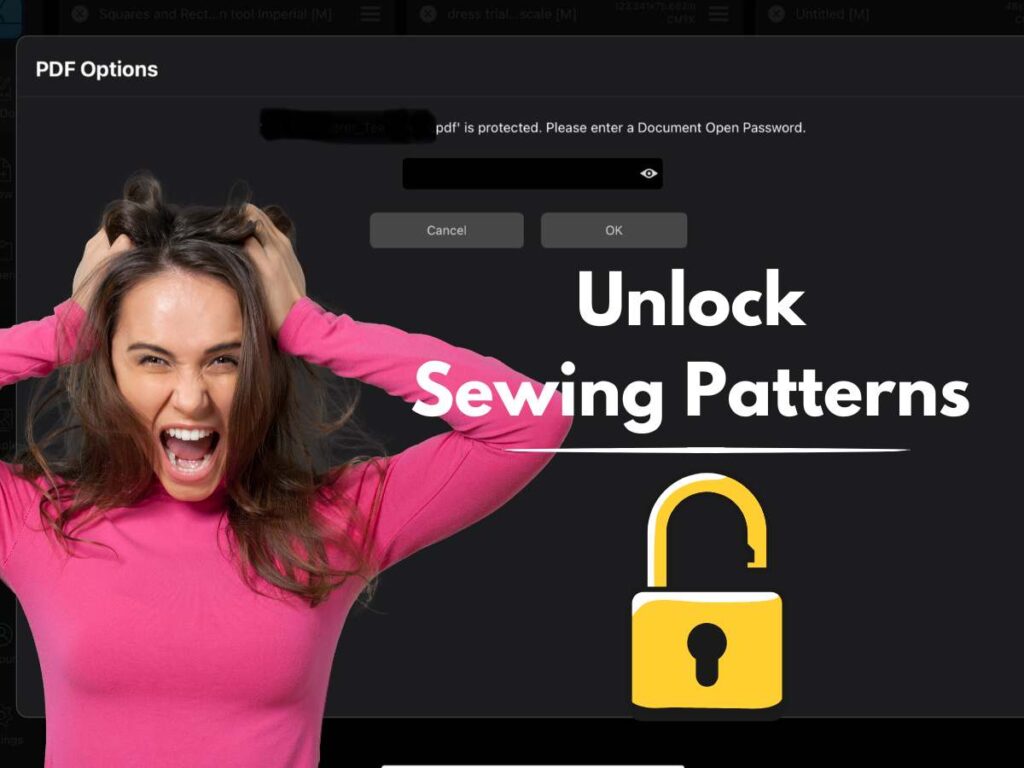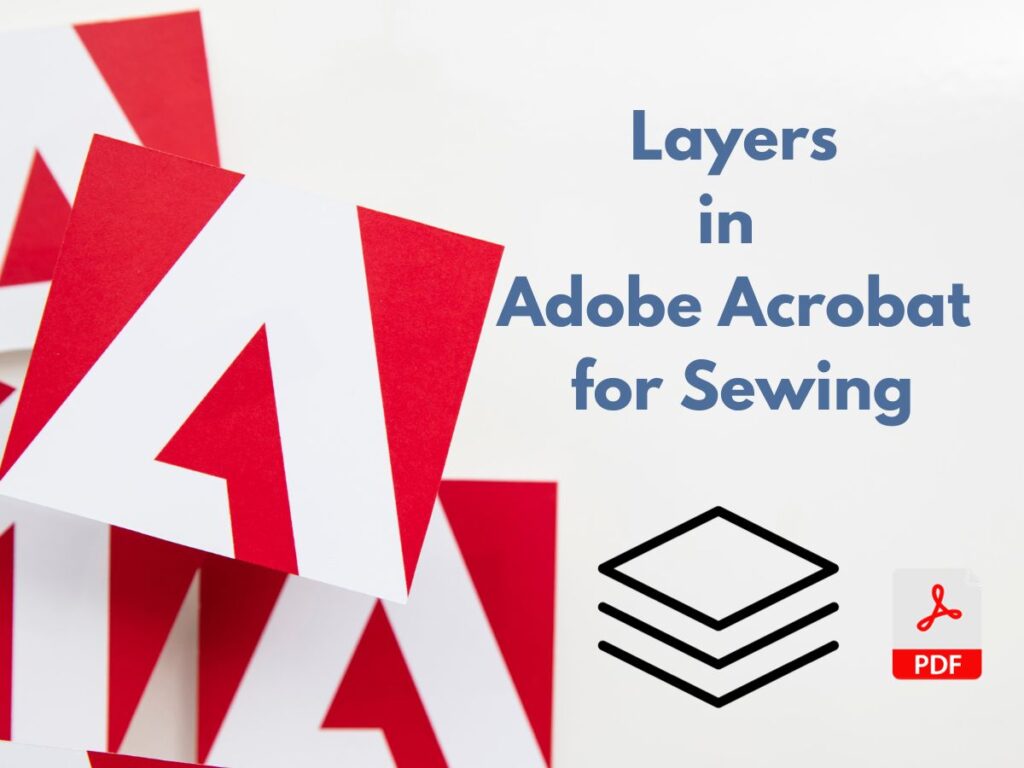Last updated on February 5th, 2024 at 02:56 pm
*This post may contain affiliate links and we may earn a small commission if you click on them.
Unfold, Mirror, Lengthen, and Shorten Projector Pattern Files
Are you ready to start utilizing Affinity Designer for Sewing? Then you have come to the right place! The Affinity Designer for Sewing 102 the basic pattern adjustments tutorial will cover unfolding, mirroring, lengthening, and shortening pattern pieces.
This is great for making small adjustments to patterns quickly. Worried about distortion when cutting on the fold? Well, now you don’t have to.
Don’t want to shift fabric to lengthen or shorten on the fly in Adobe? Then, use Affinity Designer to save your adjustments to use over and over again! Inkscape and Affinity Designer are the most used programs by projector sewists.
Pre-requisite: Basic understanding of using Affinity Designer. Check out my Affinity Designer for Sewing 101: The Basics. Download the free trial or program Affinity Designer.
Objective: You will know how to unfold, mirror, lengthen, and shorten pattern pieces using Affinity Designer.
I have created a video tutorial to accompany this written tutorial. Scroll to the bottom if video is more your jam! Most of the shortcuts I’ve listed are for the Windows version with the Mac shortcut keys in paratheses. A downloadable shortcut key can be found at the bottom of the Affinity for Sewing 101 tutorial.
Setting up the Pattern Pieces
While many updated projector pattern files are ready to open and edit in Affinity Designer, some are locked. Before editing a pattern in Affinity Designer, sometimes you may need to “unlock” a pattern. We can do this by running a pattern through PDF Stitcher. Check the pattern in Adobe and thicken lines and add margins all in one step if you need! Learn how to use PDF Stitcher in this tutorial.
Start by opening your pattern in Affinity Designer. Uncheck the layers that you do not need to see. You can clean up the workspace by also deleting any instructions or pieces on the document you do not need. If you accidently delete something that you want, just push CTRL + Z to undo!
Make sure to setup your document with plenty of whitespace to work with for unfold. You can add space or take space away as needed on the document without messing up the pattern. If you are not sure on how to do this, please check out the Affinity Designer for Sewing 101 tutorial.
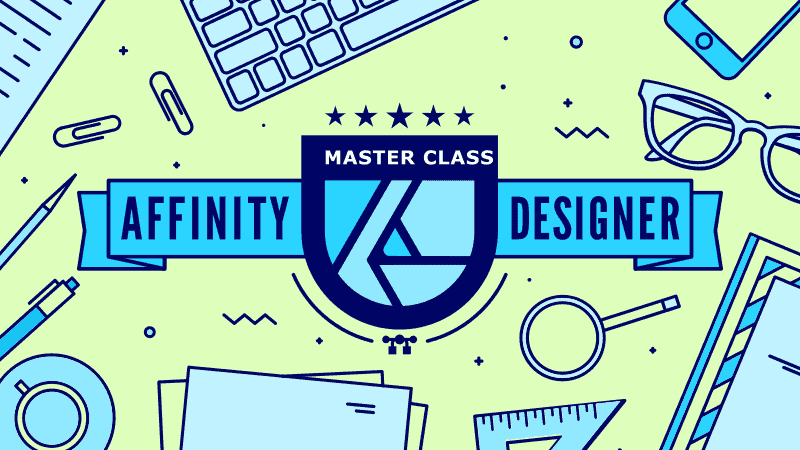
Affinity Designer Master Class
Learn to master Affinity Designer with the program that Sheredith from Projector Sewing started with!
“I highly recommend this course to anyone that is new to Affinity Designer! Although it is not sewing specific, this class is invaluable to getting started.” -Sheredith
This Logos By Nick master class contains 60+ explainer videos that go over every tool and feature of Affinity Designer.
Get lifetime access for only $17!
How to Unfold Pattern Pieces in Affinity Designer (and Mirror)
Unfolding and mirroring pattern pieces is quick and easy in Affinity Designer. Find the pattern piece that you want to unfold. Use the Move tool to select the pattern piece to be folded. You may need to drag your mouse over the entire pattern piece and group (Ctrl +G or Cmd + G). Or select all the pattern lines you want to unfold by holding the shift key and click on the lines.
Once the pattern piece is selected duplicate by pressing Ctrl + J (Cmd + J on Mac or iPad). Next you will use the horizontal flip icon in the top toolbar.

If you just needed to mirror, you can now move that pattern piece anywhere you want!
If you are unfolding, line up the piece that you flipped with the fold line until the fold line on both pattern pieces are right on top of each other.
Finish by grouping the unfolded pattern piece. Drag and select the entire pattern piece and group (Ctrl + G on PC or Cmd + G on Mac and iPad). You can also press Shift + arrow keys to move instead of dragging using the mouse.
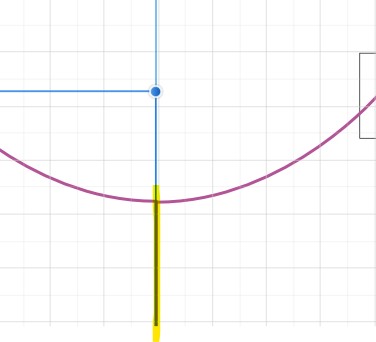
How to Shorten Pattern Pieces in Affinity Designer
*This method is longer, but will teach you how to break curves, join curves, draw a rectangle, group, and use the ruler guidelines. For the quick method, jump down to “Alternate Method”.
Lengthening and shortening pattern pieces in Affinity Designer is just a tad more involved than unfolding and mirroring pattern pieces. If you plan to shorten/lengthen a pattern piece and unfold or mirror it, do the lengthening/shortening bit first! It will save you work!
You may need to first “ungroup” a pattern piece. The shortcut to ungroup is Ctrl + Shift + G (Cmd + Shift + G on Mac).
To shorten a pattern piece, find the suggested shorten line. Often patterns will have this marked where to lengthen or shorten a pattern piece. When shortening a pattern piece on paper, you find this line and fold up the pattern the amount you are shortening by.
We can do this digitally in Affinity Designer. Click on the ruler at the top of the screen and drag the mouse down. A blue guide line should follow.
Place this blue guideline at the starting point on the pattern. Then do the same action to grab and additional blue guideline. Place this apart from the first guideline how much you plan to “fold the pattern piece over” or shorten.
Sometimes by turning on the grid (Ctrl/Cmd + ‘) you can eyeball the distance needed. But to get a more accurate measurement draw are rectangle (tools on left). Under the layers panel in the right studio, you can type in an accurate height such as 0.5 for ½ inch. Use this box to move the guidelines accurately.
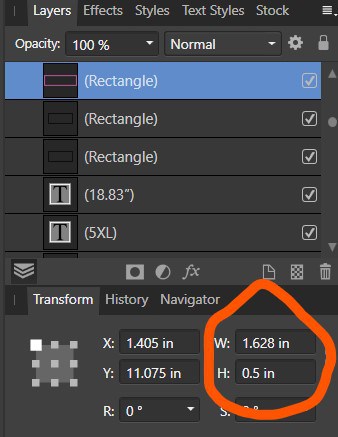
Now you are ready to “cut” the pattern. Pick up the Node tool by clicking on it or using the shortcut A. Click on the pattern line just under your guideline and a square “node” should appear. Go to the toolbar and click “Break Curve”. Do this for the other side of the pattern piece too.

Grab the node that you broke and move it up to the top guideline. Repeat on the other side. You should now have a “gap” in the pattern piece.
Pick up the move tool and grab the bottom of the pattern piece and move it up to meet the top so there is no longer a gap.
Next, use the node tool to move any nodes for a smooth transition between the joining points. Then, join the curves using the node tool. Select the top of the pattern, hold shift and select the bottom of the line. In the action toolbar, click “join curve”.
*If you can’t get join curve to work, you can just group the top and bottom pieces together by selecting them and grouping.
Alternate (and faster) Method for Shortening
The previous method shows you how to break and join curves and gives you a little more control of the process, which works better for some patterns. However, there is a much faster way using the transform box.
Using the Node tool (A), select the nodes at the point where you want to shorten the pattern. Select all the nodes and other pattern markers than you want to move with the pattern piece.
Once the nodes are selected that you want to shift, go to the transform box and use the X or Y coordinate to lengthen or shorten. The Y coordinate will move the pattern vertically and the X will move it horizontally. (Typically, you would use the Y unless the pattern has been rotated.)
In the transform box, add or subtract the amount that you need. For example, if I wanted to subtract an inch of height and the transform box said “22” inches, then I would make it read “21”. The entire pattern will be shifted.
Usually, the nodes will stay joined and just shorten the pattern. However, on occasion you may need to join or close curves.
If there were pattern markers that didn’t move with the piece, just select those pieces and shorten using the transform box.

How to Lengthen a Pattern Piece in Affinity Designer
To lengthen a pattern piece again create a rectangle the size you need to lengthen the pattern. Use the rectangle and ruler guides to mark the distance apart on the pattern.
Now using the node tool, break the curve on the top guideline for both sides of the pattern.
This time instead of moving the nodes, we will move the entire pattern piece down. Select the “move tool” and grab the bottom of the pattern piece. Move the pattern piece down until it aligns with the second guideline or the bottom of your reference rectangle.
Using the node tool, you can now connect the top and bottom pieces. Select “join curves” once you have completed moving. You can also use the move the nodes for a smooth transition between the lengthening points as needed.
Now you have lengthened the pattern piece!
*If the pattern contains pockets or other markers, make sure to group those with the pattern piece before moving.
Alternative to Lengthening (Faster Method)
Just like the alternative for shortening, lengthening is done the same way. Select all the nodes on the bottom half of the pattern piece. Then, using the transform box add the amount you need to lengthen the pattern piece.
The pattern piece should lengthen, and the lines move with the pattern piece. On occasion a line may get “broken” when lengthening. You can try it again, or just click on the nodes near the gap and select “close curve”.
Video Tutorial
Troubleshooting
Some patterns can be more difficult than others to change using nodes. Patterns that are not designed for pattern projecting are often harder to work with. Projector files tend to be the best to work with and layered A0 files are usually next best.
If you are trying to shorten and lengthen a line using nodes, but nothing seems to be happening try moving the line to the side. Sometimes patterns have several lines drawn over the same pattern line.
If a pattern you have doesn’t have layers, I recommend using a version that does if at all possible. This may include using PDF Stitcher to stich a letter-sized pattern file that is layered. If it is not possible, just remember this pattern will probably take longer to modify.
You may have to delete unwanted sizes and group/ungroup patterns a lot more that are not projector friendly files.
Play around with the pattern and remember you can always revert back to the original and start over.
Conclusion
You are moving your way through the Affinity Designer for Sewing courses! Keep it up! Today you learned to unfold and mirror pattern pieces in Affinity Designer. You also learned to lengthen and shorten pattern pieces.
If you found this tutorial helpful, please share this webpage and video with your friends.
Happy Sewing!
- Project and Cut: Simple Sewing Projector Calibration Software
- Simple Pattern Projector Tool Calibrates and Projects Sewing Patterns for FREE!
- Pattern “Tetris” in Affinity Designer iPad
- Unfold and Mirror Pattern Pieces in Affinity Designer
- 30+ Simple Touch Gestures in Affinity Designer iPad for Sewing!


